As I have shared before, I have a hard time sleeping. The moment I wake up in the middle of the night, my mind starts racing and I have a hard time going back to sleep. Most of the time I get up and start writing on a project or reading the news and have a cup of coffee. Believe it or not, sometimes the coffee makes me drowsy and I can fall back to sleep. One night, er, morning I should say, I woke up about 1:30 am and roused Violet the dog and we headed out to Cedar Bluffs.
I use a headlamp—a nerd-light as my sister calls it to walk in the dark so I don’t tumble into something. I like going out during the dark because I see more wildlife, e.g., deer, opossums, and raccoons, and I hear more coyotes and barred owls. I rarely hear any other kind of owl.
On this night I spotted the beautiful spider above.

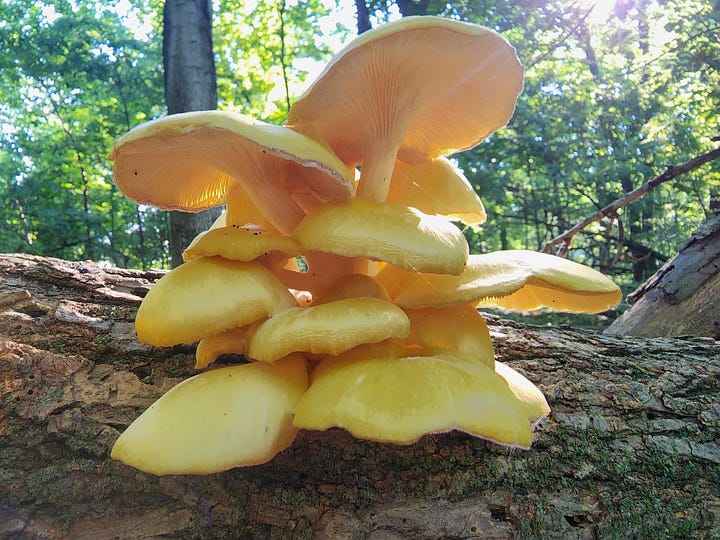
The golden oyster mushrooms to the left were photographed on my early morning walk, and the ones on the right were photographed the next day.
As I’ve shared before golden oyster mushrooms aren’t native to North America. They are native to subtropical hardwood forests of eastern Russia, northern China, and Japan and have long been considered an important culinary mushroom across Asia.
The first sightings in North America were in 2012, and they can now be considered a naturalized and invasive species. They have been observed in Delaware, Illinois, Iowa, Maryland, Massachusetts, Michigan, Minnesota, New York, Ohio, Pennsylvania, and Wisconsin. My friend John Mertz, a former conservation officer for the DNR, tells me that you can fry them in butter like morels, and they are delicious. They are high in antioxidants too.
I love these tall bundles of grass. I have no idea what they are—like most flora, but I keep trying to learn!
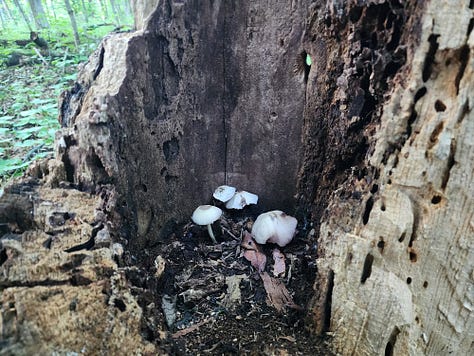
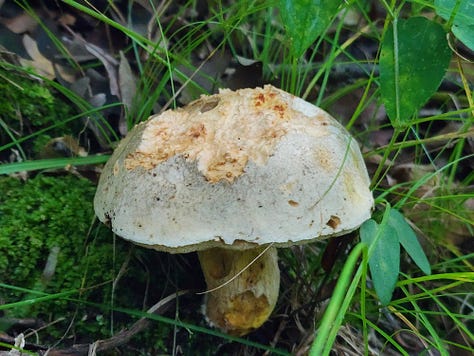
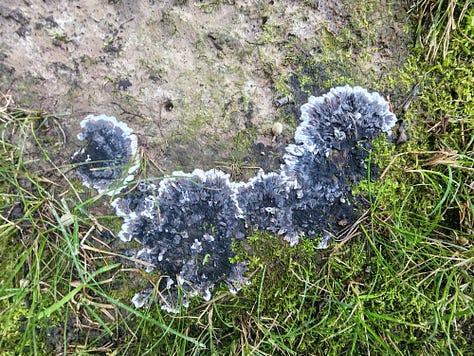
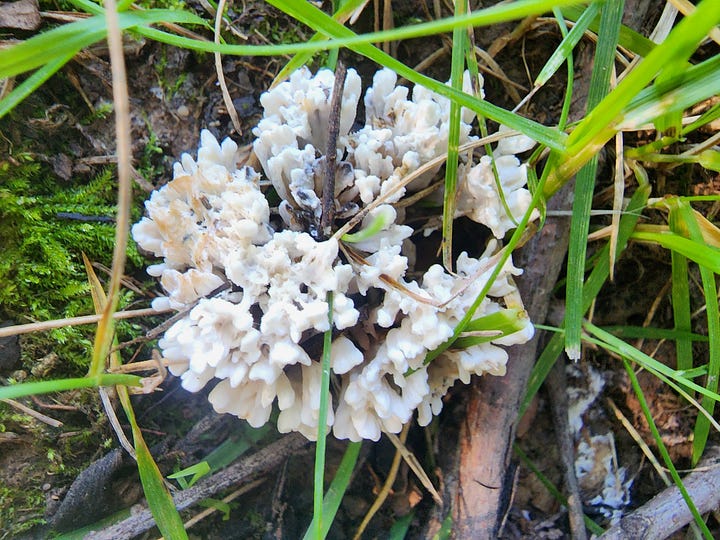
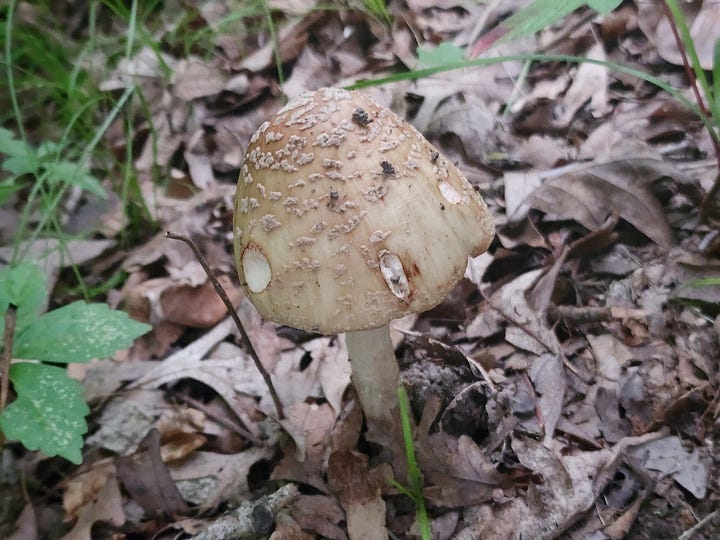
So many fungi. I watched the one on the upper right grow every day. The first day I saw it—it was right on the path—I thought it might be bird droppings. Nope. It grew daily.
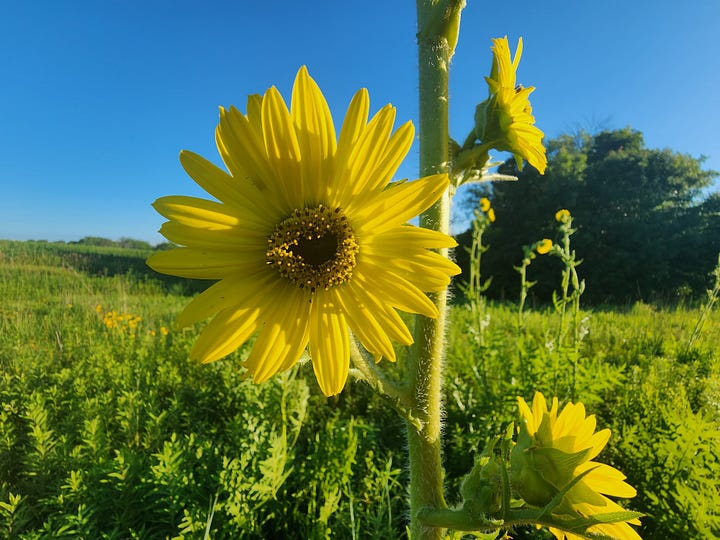
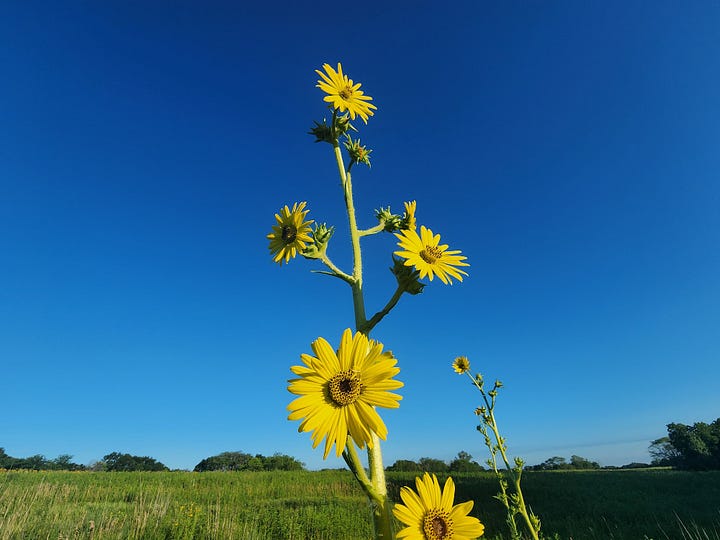
Compass plants are blooming.
The common name compass plant was inspired by the “compass orientation of its leaves. The large leaves are held vertically with the tips pointing north or south and the upper and lower surfaces of the blades facing east or west. A newly emerging leaf grows in a random direction, but within two or three weeks it twists on its petiole clockwise or counterclockwise into a vertical position. Studies indicate that the sun's position in the early morning hours influences the twisting orientation. This orientation reduces the amount of solar radiation hitting the leaf surface. Vertical leaves facing east-west have higher water use efficiency than horizontal or north-south-facing blades.
Early settlers on the Great Plains could make their way in the dark by feeling the leaves.
An early, (if not the earliest) descriptive naming of the compass plant is found in the 1843 hunting trip of William Clark Kennerly, who upon leaving Westport Kanasas in May 1843, observed the plant and began its description in his trip: "Westward we went, and still westward, through a flat, arid country with no verdure except the compass plant, which we named for the reason that its large, flat leaves always pointed north and south".
Thanks so much for coming on my walk with me! I love company if any of you would like to join me! Please share Cedar Creek Nature Notes with friends you think might enjoy it.
Here are three of my favorite nature Substacks: My friend Larry Stone’s “Listening to the Land,” Diane Porter’s My Gaia, and Al Batt’s Al’s Substack. Please consider subscribing. All three will entertain, educate, and soothe your soul.
I’m a member of the Iowa Writers Collaborative. Please sample the talents of my fellow collaborative members. If you can afford to be a paid subscriber, that would be great. If not, the vast majority of content is free.
This column will always be free, but if you can’t afford a subscription and would like to “buy me” a cup of coffee or lunch, my Venmo account is @Robert-Leonard-238. Thanks!

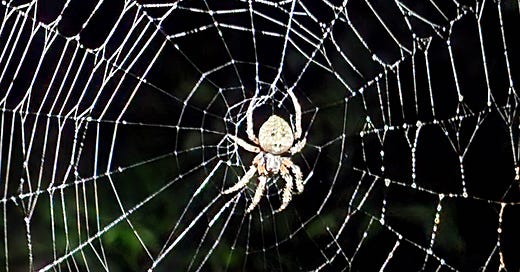



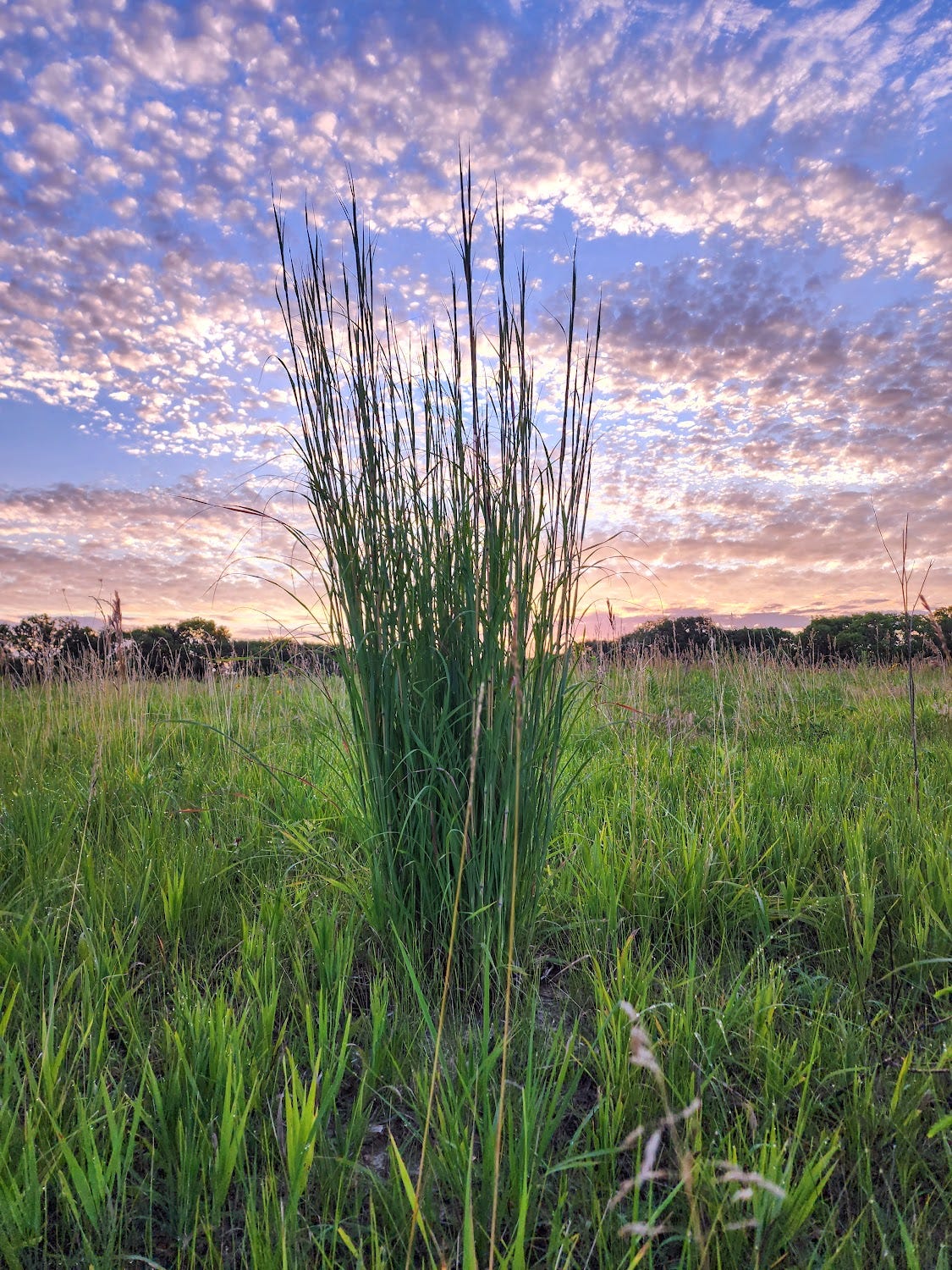
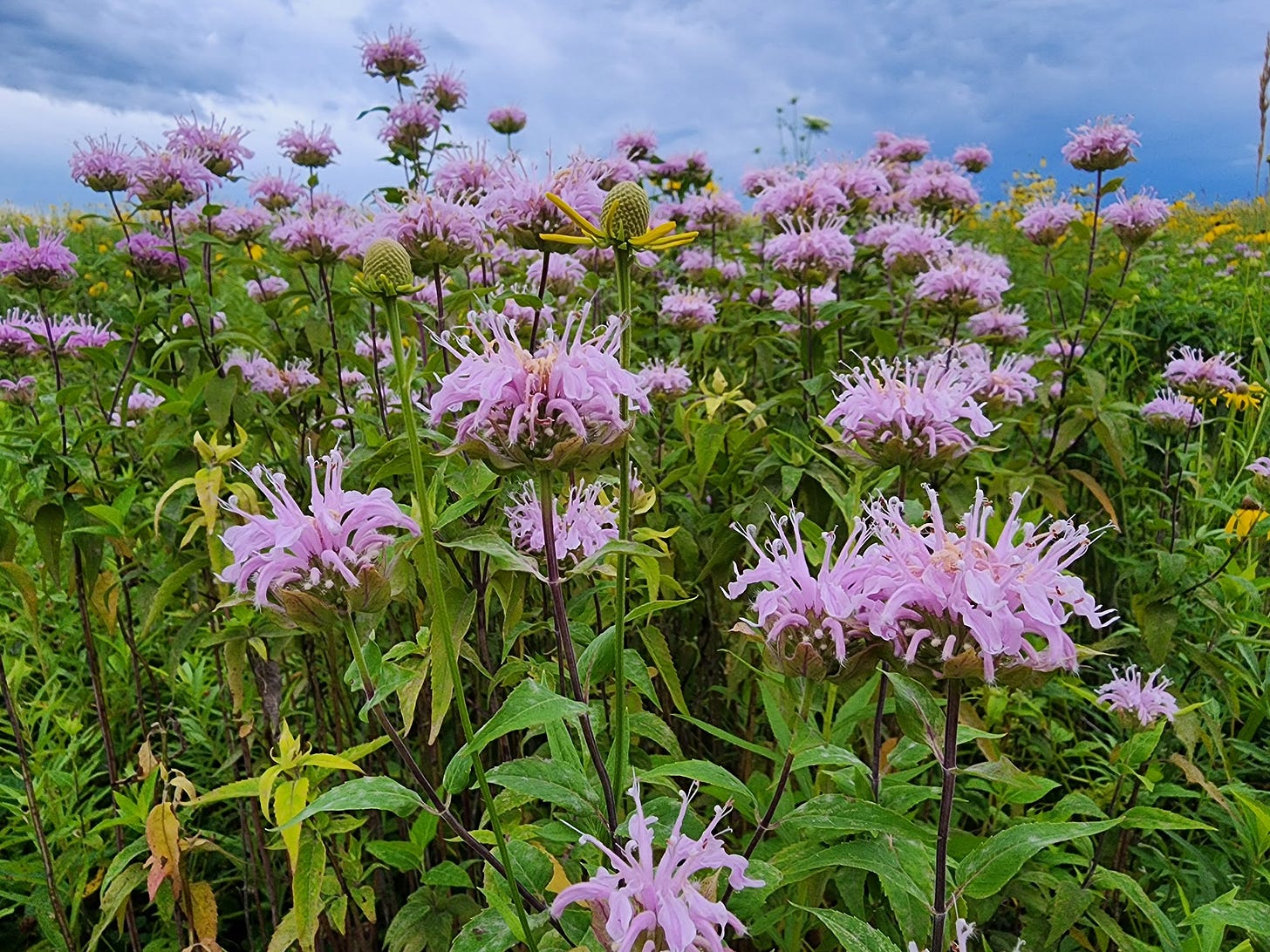
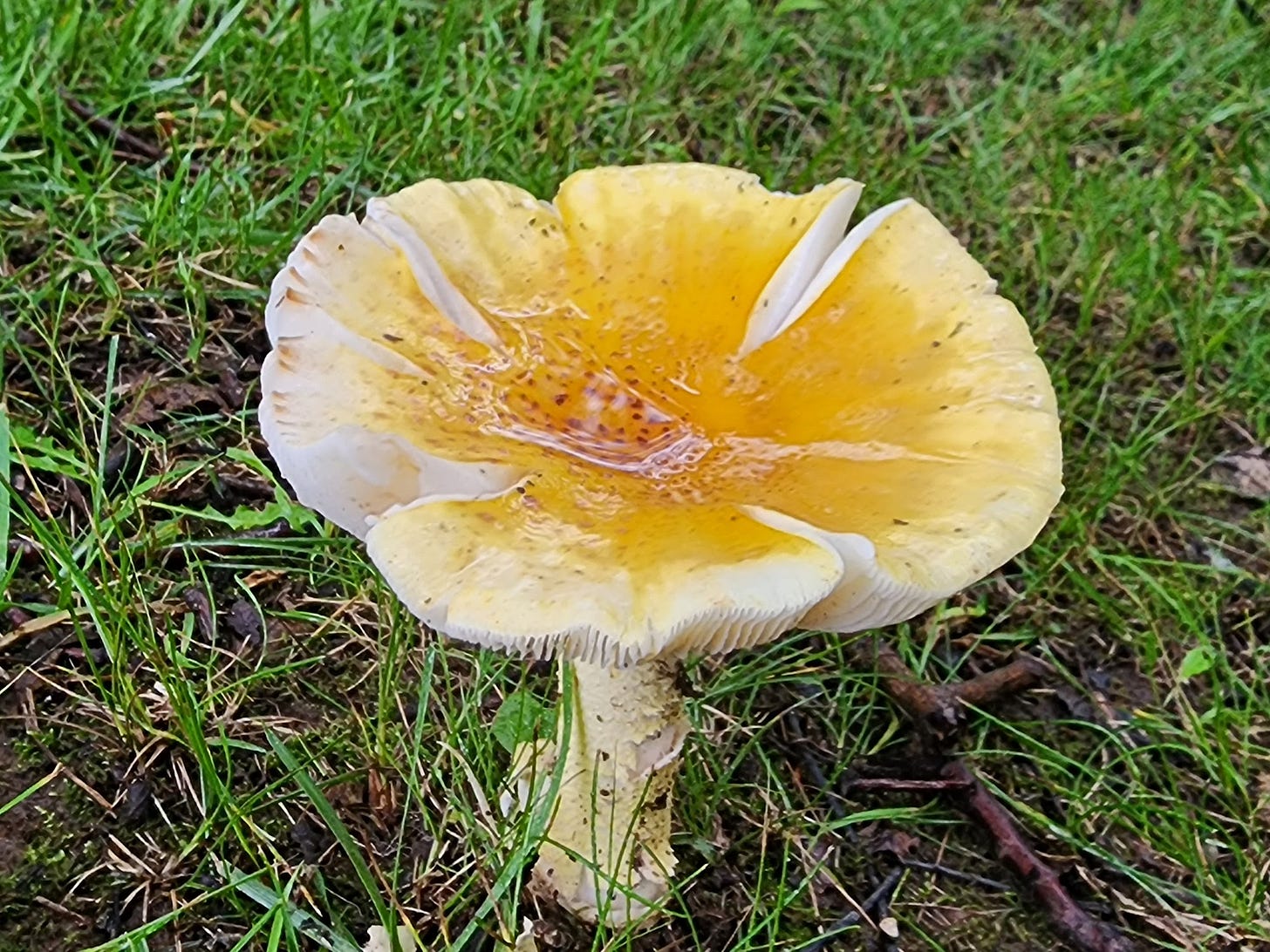
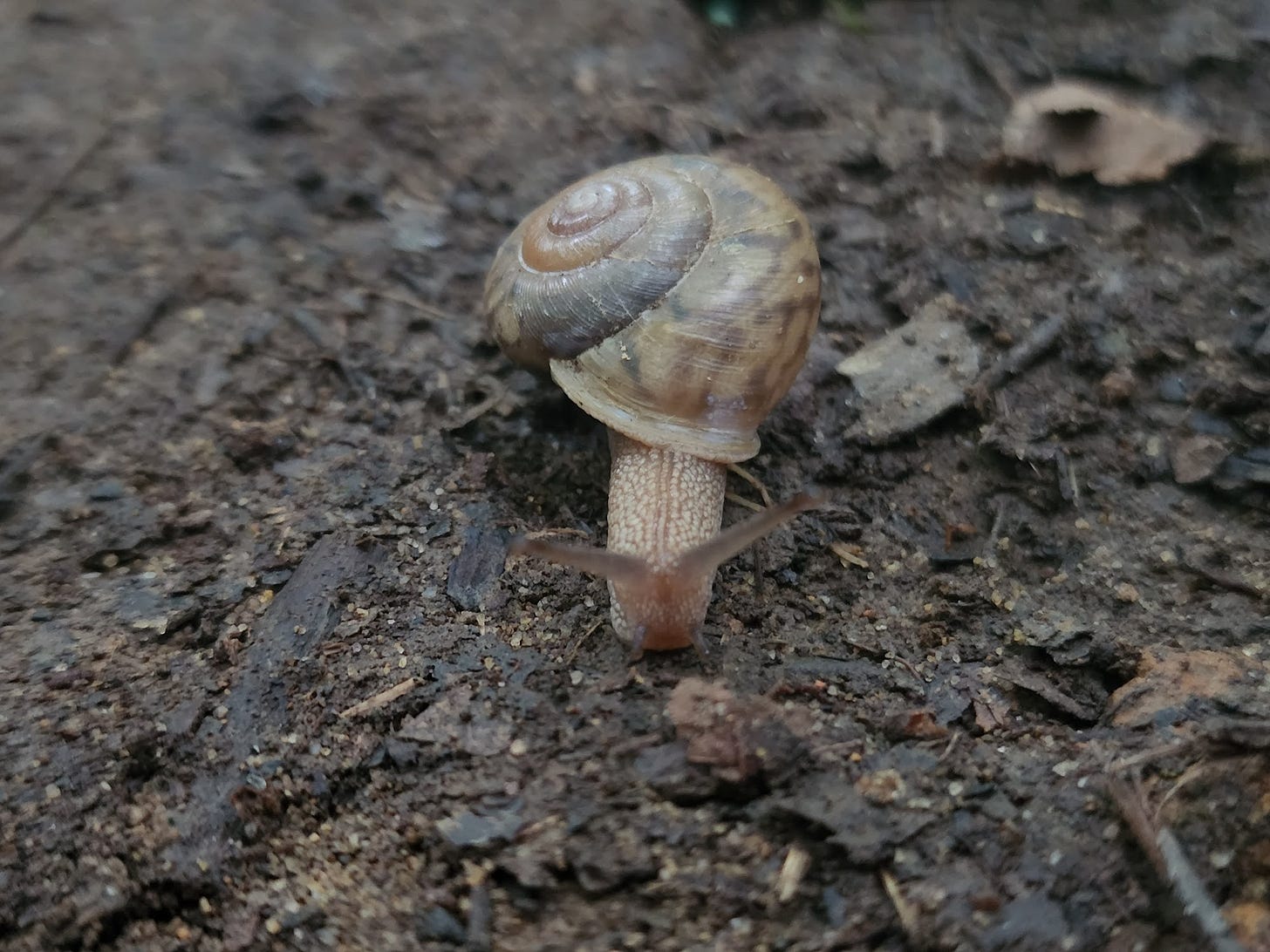
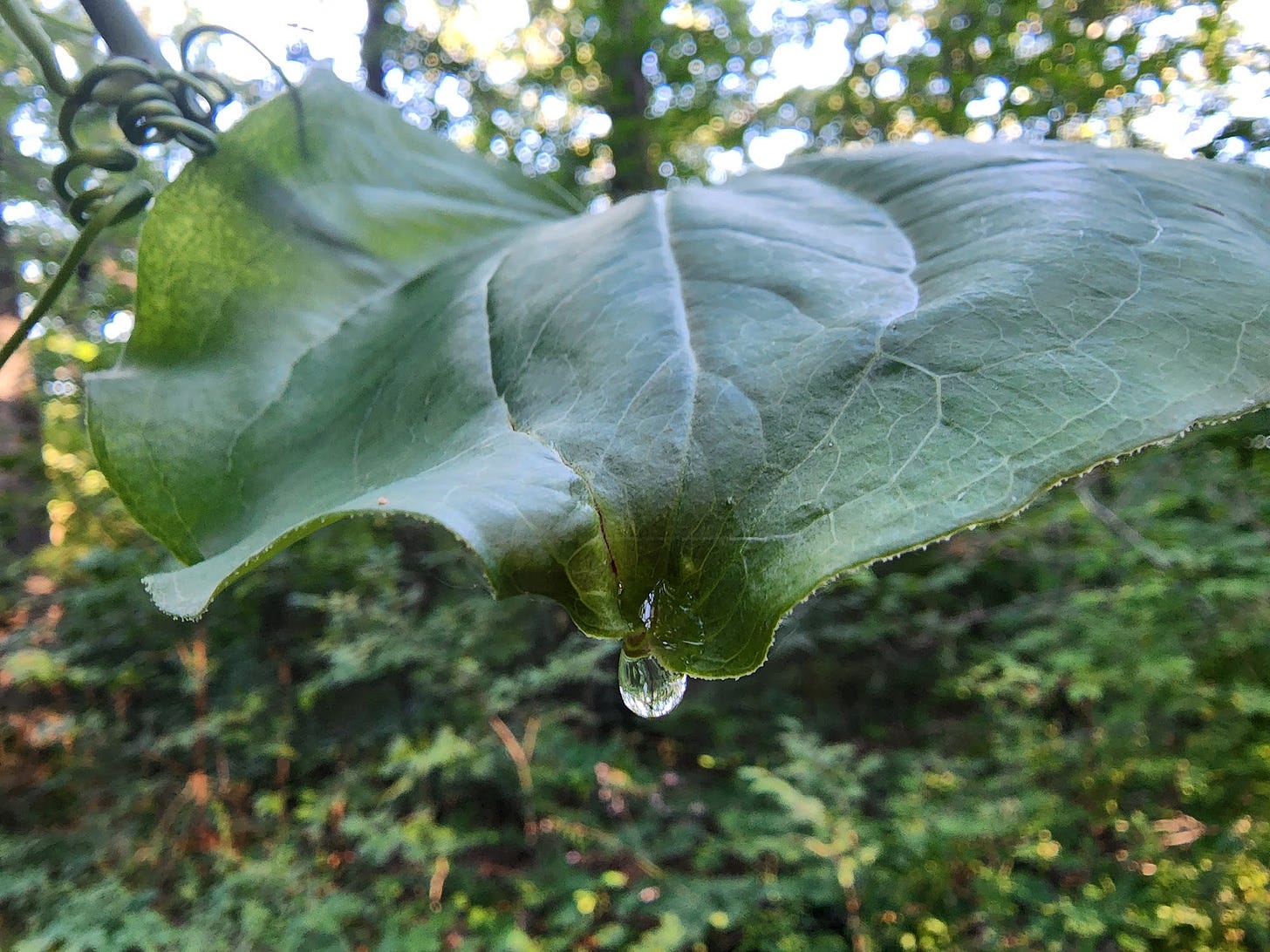
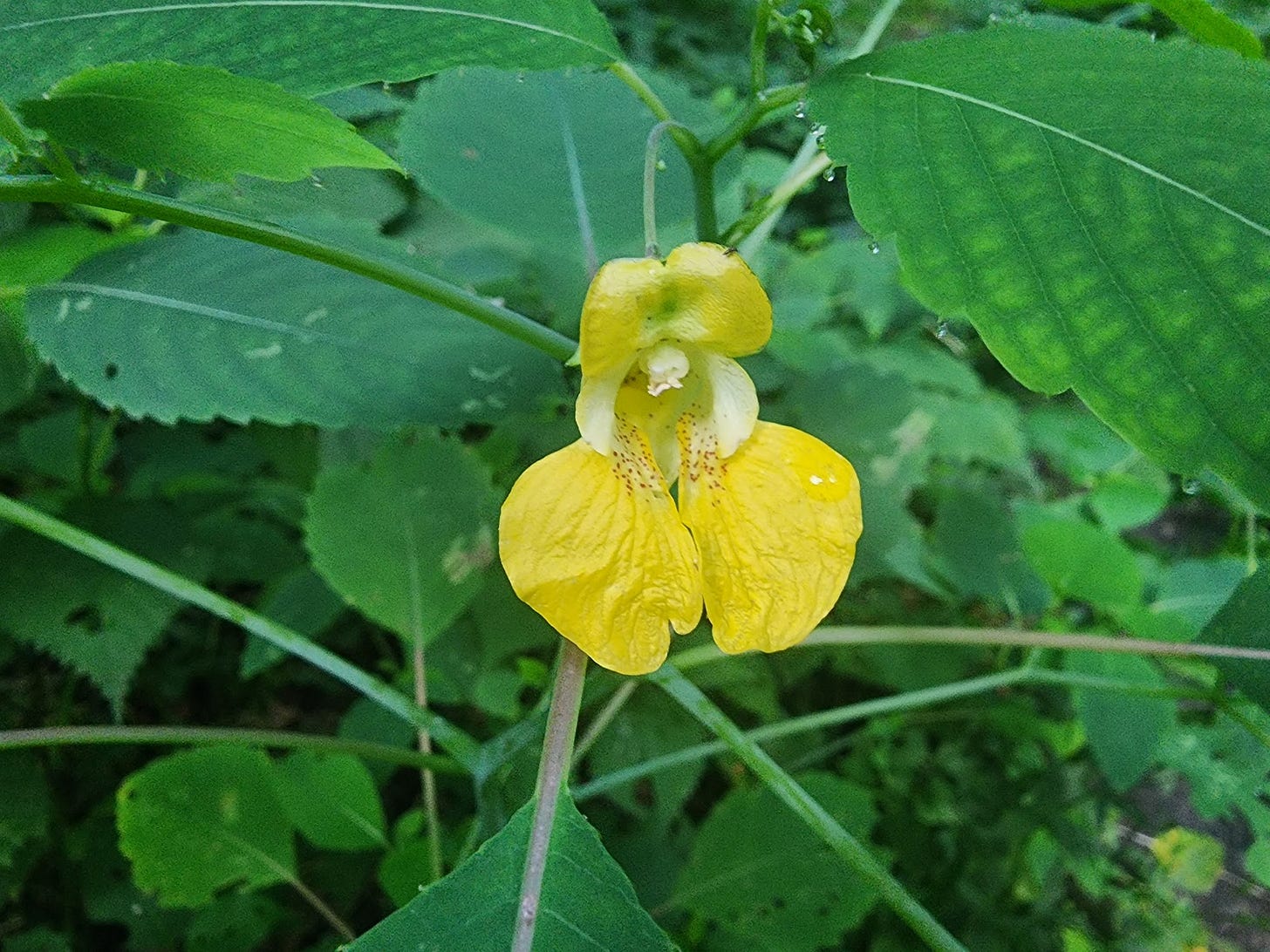
I purchased a book recently. I enjoyed it. Thanks for writing “Deep Midweast,” Bob.
THANKS for sharing the experiences brought about by insomnia! I admire your energy! The bundle of grass looks like big bluestem, an iconic prairie species.